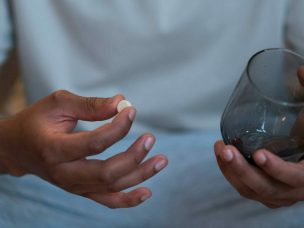The integration of the culturally adapted intervention and behavior change procedures in this study did not contribute to significant changes in the dietary intake of the given population.
An unhealthy diet is associated with several health risks, including childhood obesity. This study investigated the effect of an innovative obesity prevention intervention on the quality of life of pre-adolescent African American or non-Hispanic Black girls. The study’s findings, published in the journal Nutrients, showed that the intervention did not contribute to any significant changes in the Health Eating Index (HEI) 2015 score. Hence, other dietary assessment and behavior change methods should be explored.
Baseline Characteristics
This randomized controlled trial recruited a total of 361 families. Most families had one adult and two to three children besides the participating parent at home. About 88.3% of the families had two to five weekday evening meals at home. Approximately 87.7% of the children consumed at least one meal each week at a restaurant. Most parents had received higher education or a college degree and had an annual income of less than or equal to USD 60,000. However, 53.2% of the children were of low-income backgrounds, as indicated by the intake of free or reduced-price lunch available at school. The majority of the children had a television in the room that they slept in.
Intervention
This study evaluated the impact of an intervention known as The Butterfly Girls and the Quest for Founder’s Rock (BFG). The intervention targeted 8–10-year-old non-Hispanic Black/African American (NH B/AA) girls’ obesity prevention. The intervention was a randomized controlled trial (RCT) with three groups: experimental, comparison, and waitlist control. Block randomization ensured a balanced distribution of participants.
Participants viewed eight online animated episodes that promoted healthy habits like eating five servings of fruits and vegetables, drinking five glasses of water, and exercising for 60 minutes a day. Girls in the experimental group set weekly food, exercise, and water goals after each episode. The experimental group received the complete intervention, the comparison group received only animated stories, and the waitist control group received the intervention after data collection.
HEI Fruit and Dairy Components
There was a significant negative correlation between the HEI whole fruit component score and baseline hours of reported media. There was a significant association between sodium components and the total dairy HEI.
HEI Scores and Time Effects
Day type (weekday or weekend) was significant for the total HEI score. Moreover, weekdays compared to weekends were associated with higher-quality components. There was a significant association between a small increase in the total HEI score and the consumption of free or reduced-price lunch at school. This relationship was also significant for HEI sores for dairy, added sugars, and vegetables. The study findings also revealed a significant association between a decrease in total HEI score and the duration of media use. There was a significant correlation between higher HEI scores for the whole fruit component and parental education.
In summary, the combination of the culturally adapted intervention and behavior change procedures in this randomized controlled trial did not contribute to significant changes in the dietary intake of the given population.
Source:
Thompson, D., Mirabile, Y., Islam, N., Callender, C., Musaad, S. M. A., Miranda, J., Moreno, J. P., Dave, J. M., & Baranowski, T. (2023). Diet Quality among Pre-Adolescent African American Girls in a Randomized Controlled Obesity Prevention Intervention Trial. Nutrients, 15(12), 2716. https://doi.org/10.3390/nu15122716










